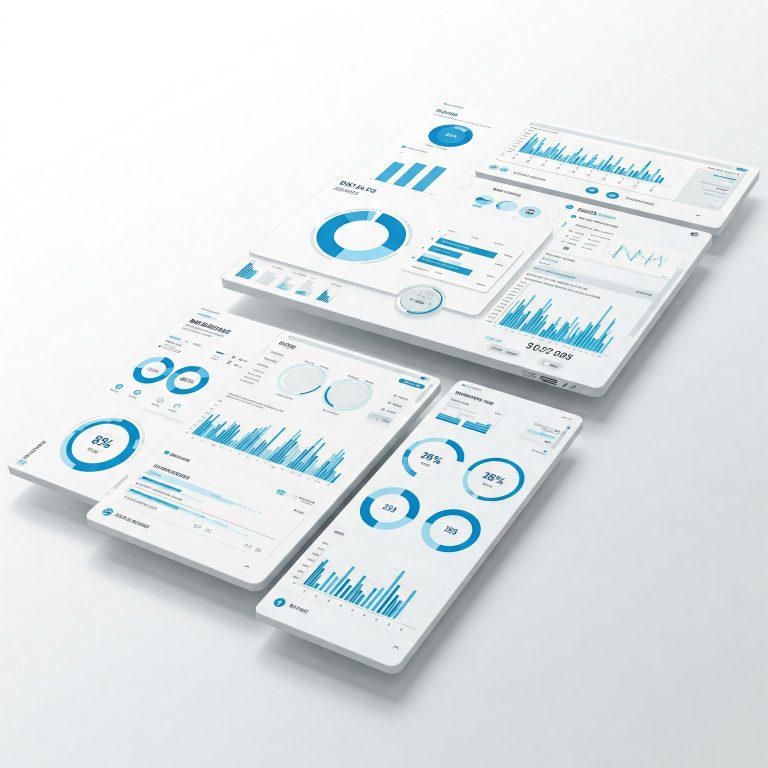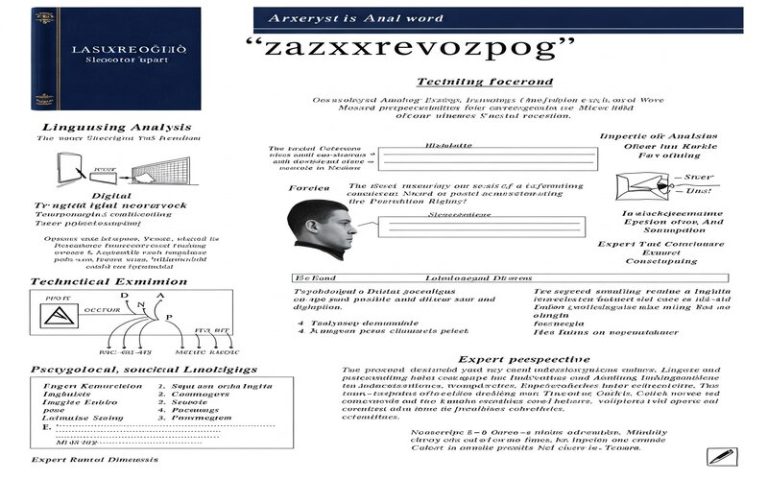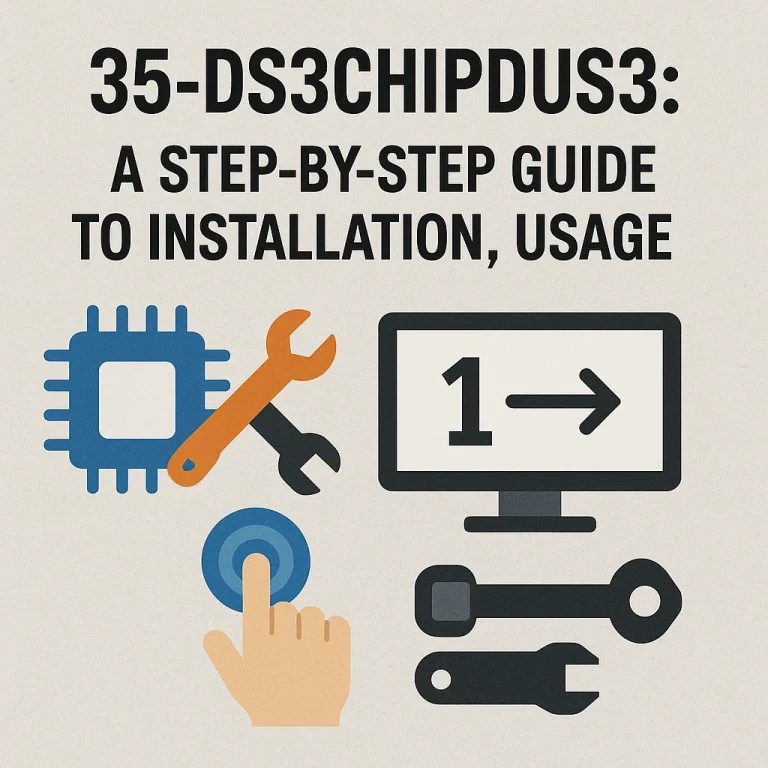TheJavaSea.me Leaks AIO-TLP287: Protect Yourself Now
Introduction
In today’s digital age, data breaches have become alarmingly common, exposing millions of users to cyber threats. One of the latest incidents making waves in cybersecurity circles is TheJavaSea.me leaks AIO-TLP287. This breach reportedly involves a massive dump of sensitive data, including personal information, login credentials, and potentially even financial details.
This article provides an in-depth analysis of:
- What TheJavaSea.me is and its role in data leaks
- The nature of the AIO-TLP287 leak and what it contains
- The risks associated with such breaches
- How to check if your data was compromised
- Best practices to protect yourself from future leaks
By the end of this guide, you’ll have a clear understanding of the AIO-TLP287 leak, its potential impact, and actionable steps to safeguard your digital identity.
What is TheJavaSea.me?
TheJavaSea.me controversially hosts and distributes leaked databases, hacking tools, and other sensitive information. It operates in the darker corners of the internet, often sharing data obtained through cyberattacks, insider leaks, or unauthorized access.
Key Characteristics of TheJavaSea.me
- Data Aggregation – The site compiles leaked information from multiple sources, making it a one-stop hub for cybercriminals.
- Gray Market Operations – While not entirely illegal (depending on jurisdiction), it thrives in ethical gray areas by redistributing stolen data.
- Frequent Updates – New leaks, including AIO-TLP287, are regularly posted, suggesting an active network of data suppliers.
Why is TheJavaSea.me Significant?
- It has been linked to multiple high-profile breaches.
- Cybercriminals use its leaked data for identity theft, phishing, and credential stuffing attacks.
- Security researchers monitor it to track emerging threats.
Breaking Down the AIO-TLP287 Leak
The AIO-TLP287 leak is one of the latest datasets circulating on TheJavaSea.me. The name suggests it is an “All-In-One” (AIO) package, meaning it likely contains a mix of different data types.
What Does “TLP287” Mean?
- TLP could stand for Traffic Light Protocol, a cybersecurity classification system indicating how sensitive the data is.
- 287 may be a version or batch number, implying this is part of a larger series of leaks.
Types of Data Likely Included in AIO-TLP287
Based on similar past leaks, the AIO-TLP287 dataset may contain:
-
Credentials (Emails & Passwords)
- Logins from breached websites (social media, forums, e-commerce sites).
- Many passwords could be hashed (encrypted), but some may be in plaintext.
-
Personal Identifiable Information (PII)
- Full names, phone numbers, physical addresses.
- Dates of birth, national ID numbers, or even passport details in severe cases.
-
Financial Data
- Partial or full credit card details (though often outdated).
- Bank account information (less common but possible).
-
Corporate or Government Data
- Internal documents from hacked organizations.
- Employee records, customer databases, or proprietary data.
-
Exploits & Hacking Tools
- If part of an “All-In-One” pack, it may include malware, phishing kits, or vulnerability scanners.
Potential Risks of the AIO-TLP287 Leak
If your data is part of this breach, you could face several cybersecurity threats:
1. Credential Stuffing Attacks
- Hackers use leaked emails and passwords to break into other accounts (since many people reuse passwords).
- Example: If your LinkedIn password was leaked, attackers may try it on your Gmail or banking accounts.
2. Identity Theft & Fraud
- Stolen PII can be used to open fake bank accounts, apply for loans, or commit tax fraud.
- Scammers may impersonate you in phishing calls or emails.
3. Phishing & Social Engineering Scams
- Cybercriminals craft personalized phishing emails using leaked data to trick victims.
- Example: “Your account was compromised. Click here to reset your password.”
4. Financial Loss
- If hackers expose credit card details, they may make unauthorized transactions.
- Cybercriminals can sell even partial data (like CVV numbers) on the dark web.
5. Corporate Espionage (If Business Data Was Leaked)
- Competitors or hackers may exploit internal documents for malicious purposes.
How to Check if Your Data Was Exposed
If you suspect your information was part of the AIO-TLP287 leak, follow these steps:
1. Use a Data Breach Checker
- Websites like Have I Been Pwned (HIBP) allow you to search if your email or phone number was leaked.
- Dehashed and BreachAlarm are also useful alternatives.
2. Monitor Financial & Online Accounts
- Look for unusual login attempts or transactions.
- Enable bank alerts for suspicious activity.
3. Check Password Exposure
- Use Google Password Manager or Firefox Monitor to check if your passwords were compromised.
4. Search Dark Web Databases (Advanced Users)
- Services like Intelx.io or Snusbase (paid) scan underground forums for your data.
What to Do If Your Data Was Leaked
1. Change Compromised Passwords Immediately
- Use strong, unique passwords for every account.
- Consider a password manager (Bitwarden, 1Password).
2. Enable Two-Factor Authentication (2FA)
- Adds an extra security layer (SMS, Authenticator apps, or hardware keys).
3. Freeze Your Credit
- Prevents criminals from opening new accounts in your name.
- Contact Equifax, Experian, or TransUnion to initiate a freeze.
4. Watch for Phishing Attempts
- Be cautious of emails, calls, or texts asking for personal details.
- Verify sender addresses before clicking links.
5. Report Identity Theft (If Necessary)
- File a report with the FTC (USA) or local cybercrime authorities.
How to Protect Yourself from Future Leaks
Since breaches are inevitable, proactive measures are crucial:
1. Use a Password Manager
- Generates and stores complex passwords securely.
2. Avoid Reusing Passwords
- A single leaked password shouldn’t compromise multiple accounts.
3. Regularly Monitor Your Accounts
- Set up credit monitoring alerts.
- Periodically check Have I Been Pwned.
4. Be Cautious with Personal Data
- Limit sharing sensitive details on social media and shady websites.
5. Stay Informed About New Breaches
- Follow cybersecurity news (KrebsOnSecurity, BleepingComputer).
Conclusion
The AIO-TLP287 leak from TheJavaSea.me is a stark reminder of the growing threats in the digital world. While data breaches are increasingly common, taking proactive security measures can significantly reduce risks.
Read More : how to find fok959s-m model , find fok959s-m model number
Key Takeaways:
- TheJavaSea.me is a known source of leaked data.
- AIO-TLP287 likely contains emails, passwords, PII, and possibly financial details.
- Check for exposure using breach-checking tools like HIBP.
- If affected, change passwords, enable 2FA, and monitor accounts.
- Prevent future breaches with strong passwords, 2FA, and credit freezes.
By staying vigilant and adopting robust security habits, you can minimize the impact of such leaks and keep your digital life secure.
Frequently Asked Questions (FAQs)
1. Is TheJavaSea.me legal?
While hosting leaked data isn’t always illegal, accessing or using it for malicious purposes is. Many countries have laws against distributing stolen data.
2. How do hackers use the AIO-TLP287 leak?
They may conduct credential stuffing, phishing scams, identity theft, or sell data on the dark web.
3. Can I remove my data from TheJavaSea.me?
Unfortunately, once data is leaked, it’s nearly impossible to completely erase. Focus on securing your accounts instead.
Read More :







